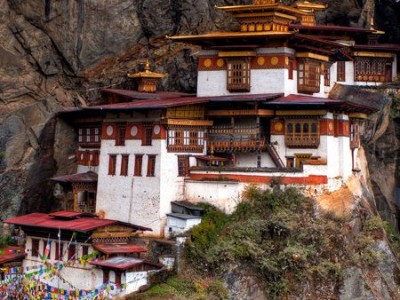Bhutan flaunts its beauty with green hills, houses that look like chalets and pleasant snow peaks that cover the basic terrain of the region. Bhutan is a country of rolling hills and towering crags. With small patches of cultivation and very little deforestation, Bhutan proves to be a paradise for the traveler who enjoys the untouched scenic beauty and fresh air. Often compared to the Swiss Alps, Bhutan flaunts its beauty with green hills, houses
Bhutan Activities
Bhutan is a famous mountainous country, located in the eastern Himalayas between India and China. It is also popularly k...
Read more
